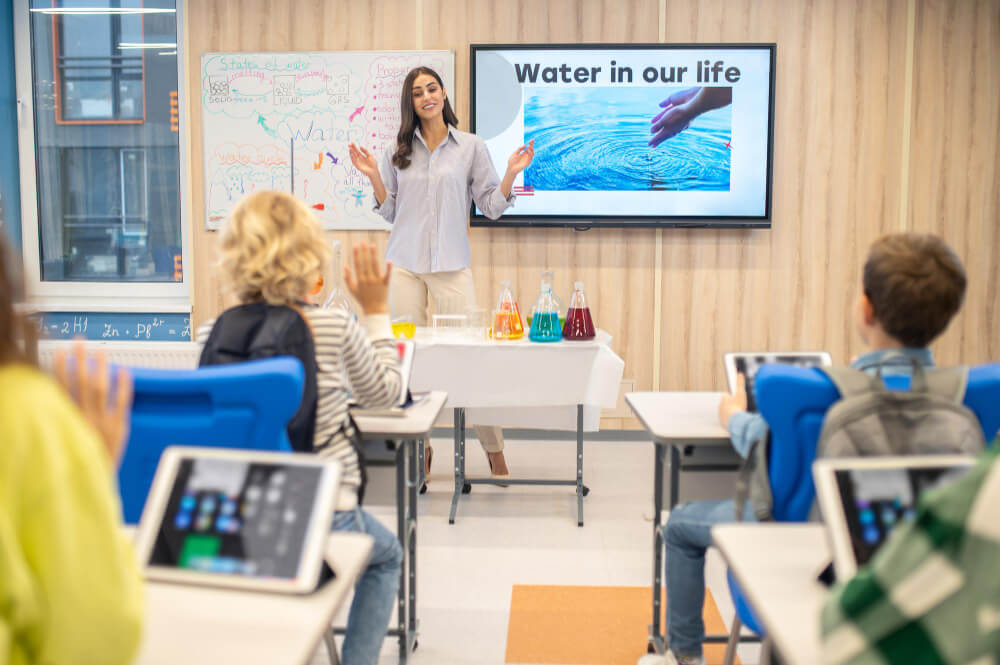What Students Are Really Thinking About Online Learning

Online learning has become an important solution for institutions to reach a wider range of learners, accommodate growing student demand, and reduce costs. As more colleges and universities adopt digital instructional programs and courses, they must also find ways to improve them. Learning goes beyond simply teaching a person facts or how to perform a task. It is about expanding humans and helping them develop new capabilities so they can thrive in their future endeavours. A good teacher should have the learner’s growth as their primary focus instead of simply memorizing facts or performing tasks. The best learning happens when the student is actively engaged with the teacher and fellow students during discussions and activities. There are many benefits to online learning, but only if done well. If you’re thinking about implementing it at your institution or know someone who is, here are some things you should know about how students feel about it.
Know Your Audience
Students today are very different from those of the past. Many come from online-savvy generations and are less likely to attend a brick and mortar institution than prior generations. They are digital natives and comfortable with online learning. Many are also parents, working professionals, or people looking for more flexible educational options. Students’ different motivations and needs will significantly impact the way they learn, so it’s important to know your audience.
Decide What’s Most Important to Teach
Online learners are often independent and self-directed. Therefore, it’s important to lay out clear expectations of what learners need to know and do and ensure they have easy access to support, such as tutoring and mentoring. On top of that, they need clear instructions on navigating the learning environment, including how to access course content, communicate with instructors and classmates, and complete assignments.

Use Video and Audio Carefully
Some technologies, like video and audio, can enrich online learning, but they must be used judiciously. For example, students might benefit from video or audio recordings of lectures; Online discussions are an important and common way for students to interact with one another and their instructor.
Keep Content Short and Simple
When designing online courses, it’s important not to overload students with information. It can be challenging for faculty members who are accustomed to spending the entire semester covering a lot of material. They need to recognize that online courses are different from traditional courses and are often more focused on specific content. It’s important to have a clear understanding of what material must be covered in which courses.
Plan for Active Learning
Online learning environments can often be passive. Students might just sit back, read the content provided, and do the occasional quiz or quizlet. There are several ways to do this. For example, you can encourage students to collaborate on projects or papers or ask them to create or contribute to a social media blog or website related to the course.
Wrapping Up
Online learning has come a long way in the past few decades. However, with technology advancing as rapidly as it is, it’s easy to get caught up in the hype. However, it’s important to remember that technology is a tool, not its goal. The goal of learning is to engage students and help them grow. It can only happen when educators carefully consider their audience and design effective learning experiences.



